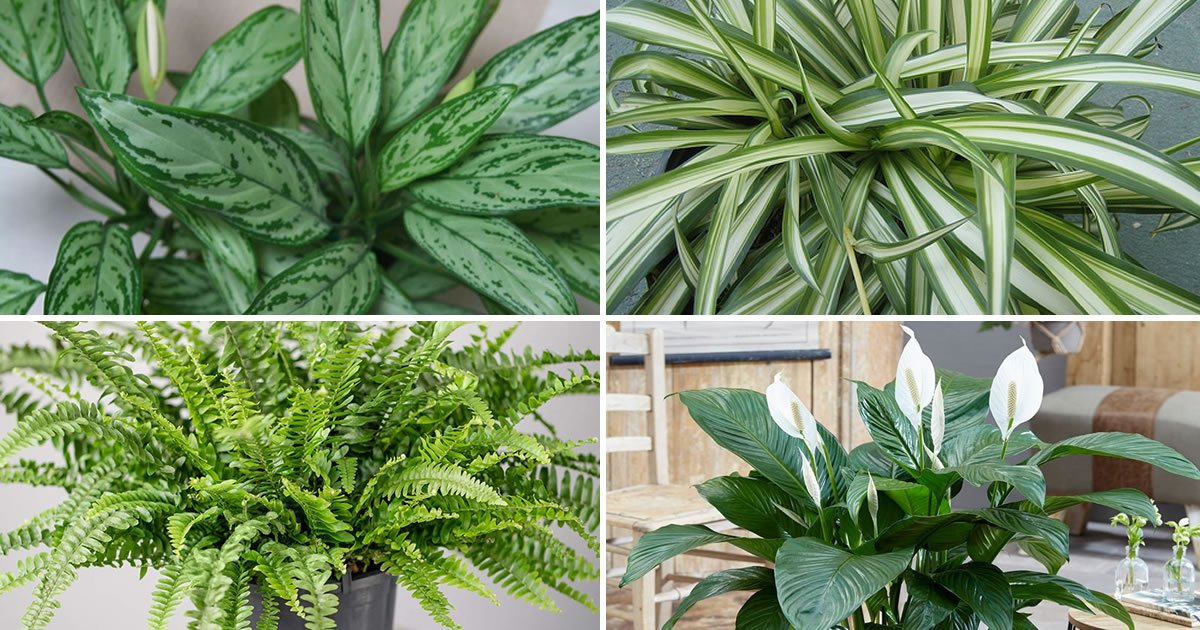Indoor air quality is an important aspect of maintaining a healthy living environment, as many common household items and activities can introduce pollutants and toxins into the air. Fortunately, certain houseplants can help purify the air by removing harmful chemicals and improving overall air quality. NASA has identified some of the most effective houseplants for this purpose. Here are nine of them:
- Areca Palm (Dypsis lutescens): The areca palm is excellent at purifying the air by removing formaldehyde, xylene, and toluene. It thrives in well-lit spaces, but direct sunlight should be avoided.
- Aloe Vera (Aloe barbadensis miller): Aloe vera not only purifies the air but also helps remove toxins like formaldehyde and benzene found in paints and cleaning products. Place it in a sunny spot and water it infrequently.
- Pothos (Epipremnum aureum): Pothos is a popular and easy-to-care-for plant that effectively removes formaldehyde, xylene, and benzene from the air. It requires minimal watering and is suitable for various lighting conditions.
- Sansevieria (Sansevieria trifasciata): Also known as snake plant or mother-in-law’s tongue, sansevieria produces oxygen at night and eliminates benzene, formaldehyde, trichloroethylene, xylene, and toluene. It’s a hardy plant that thrives in low-light conditions.
- Swedish Ivy (Plectranthus verticillatus): Swedish ivy helps eliminate contaminants like benzene, formaldehyde, and toluene. Keep in mind that it can be toxic to children and pets, so place it out of their reach. It requires indirect light and weekly watering.
- Gerbera Daisy (Gerbera jamesonii): Gerbera daisy releases oxygen at night and removes toxins such as benzene and trichloroethylene. It’s beneficial for individuals with sleep apnea and respiratory conditions. Provide direct sunlight during the growing season and indirect light in winter.
- Spider Plant (Chlorophytum comosum): Spider plants are known for their air-purifying abilities, targeting pollutants like formaldehyde and xylene. They’re safe for pets and thrive in various light conditions.
- Ficus Benjamin (Ficus benjamina): This plant can reduce formaldehyde, xylene, and toluene levels in the air. It prefers well-lit spaces but should be shielded from direct sunlight and drafts.
- Chrysanthemum (Chrysanthemum morifolium): Chrysanthemum is effective at filtering toxins, including ammonia and benzene, commonly found in plastics, detergents, and glues. It requires ample sunlight and regular watering when the soil is dry.

